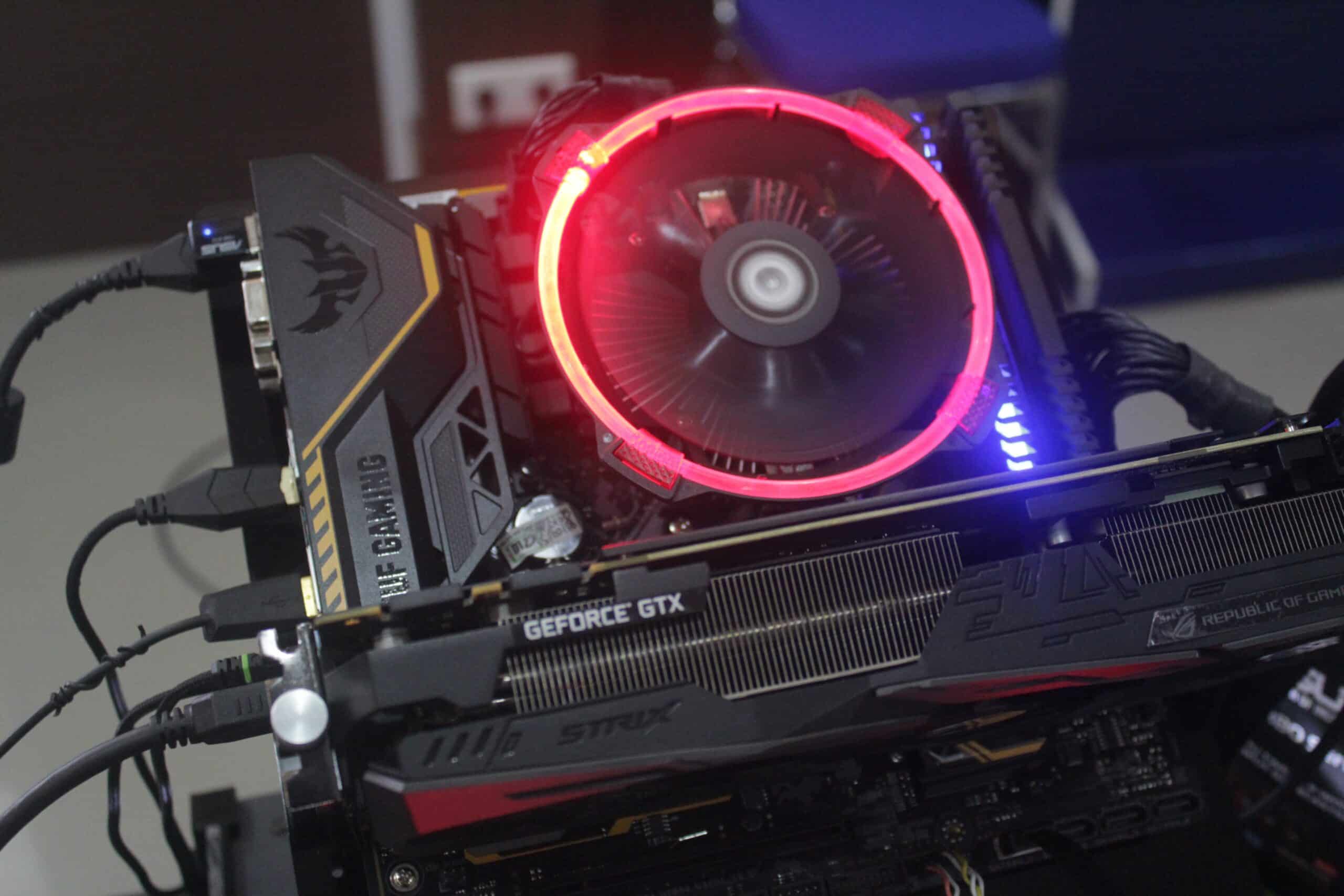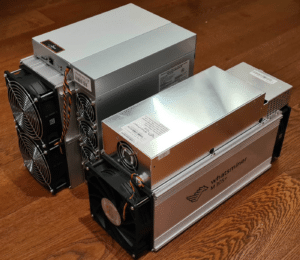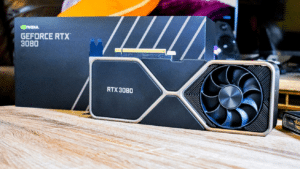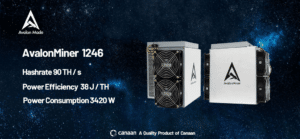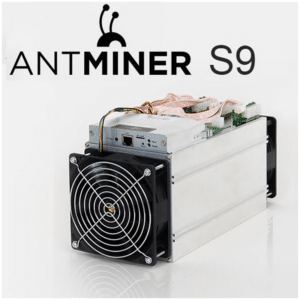The Bitcoin blockchain is continually minting new bitcoin (BTC). Thousands of computers participate in the process of validating new blocks of transactions, their computing power dedicated to cracking a cryptographic puzzle. The first one to do so is rewarded with bitcoin and transaction fees (also in BTC) before the competition begins again.
This process is known as mining. And you can’t just dust off your old Commodore to get started. The industry runs on high-powered machines that strive for high hashrates — a measure of the number of calculations they can perform per second.
Keep reading for a basic intro on how to get started.
3 Ways to Earn Bitcoin
To get BTC, you can:
- accept it as payment for goods and services
- buy it on an exchange
- mine it
But if you can buy it with a few clicks on Coinbase, why would you mine it instead?
There are a few reasons. First, it can be profitable to mine bitcoin — provided you have the proper setup and dedication. Even if it’s not profitable, mining can be a rewarding and educational hobby.
You can mine in a couple of different ways. If you’re a hobbyist, you can mine bitcoin at home. However, this method takes a lot of time, eats up electricity, and requires a significant financial investment in hardware. Therefore, some individuals may choose to use a hosted mining service. Though it’s still not cheap, doing so allows you to outsource the process to a warehouse of professionals in return for a cut of any profits.
This guide will focus on what you need to know to start mining bitcoin at home.
Step 1: Choose Your Hardware
When it comes to bitcoin mining, there are a few different types of products to choose from, each with their pros and cons. Whichever route you choose will depend on your finances, objectives, and level of technical skill.
- Application-specific integrated circuit (ASIC): ASICs are currently the most efficient because they tackle complex calculations far faster than regular computers. But you’ll pay a price for it as ASICs are expensive for at-home miners.
- Graphics processing unit (GPU): GPUs are less potent than ASICs but also less expensive. Moreover, they’re not necessarily limited to mining and may be employed for a broader range of tasks.
- Field-programmable gate array (FPGA): FPGA miners are configurable, meaning you can use them to mine coins besides bitcoin. Moreover, they tend to be faster than GPUs and cheaper than ASICs. The main downside is that FPGAs’ customizability can make them more difficult to set up.
- Cloud mining: Why buy when you can rent? With this option, you don’t have to set up, host, or purchase the hardware. Instead, you sign a contract or subscribe to a service that does it for you.
4 Popular Hardware Options
When shopping for a mining setup, you should consider hashrate, power consumption, and cost.
- Antminer S19 Pro from Bitmain: One of the most potent and efficient ASIC miners available now is the Bitmain Antminer S19 Pro, which can hash at a rate of up to 110 terahashes per second (TH/s). And at almost $10,000, it’s also one of the priciest.
- The Nvidia GeForce RTX 3080: This widely used high-end GPU can also be used for gaming and movie editing thanks to its hashrate of 100 megahashes per second (MH/s). The price range is $1,200-$1,500.
- AvalonMiner 1246: With a hashrate of up to 90 TH/s, the AvalonMiner 1246 is about half the price of the Bitmain Antminer S19 Pro.
- Bitmain Antminer S9: Although it is an older ASIC miner, the Bitmain Antminer S9 is still widely used by individuals mining cryptocurrency. It can hash up to 14 TH/s and costs around $1,000, making it more affordable than many models.
Step 2: Get a Bitcoin Wallet
You’ll need to create a Bitcoin wallet to store your mining proceeds before you begin mining. Desktop, mobile, analog, and online wallets are available options. Three of the best-known wallets are Electrum, Exodus, and Ledger.
Choose a wallet that meets your needs in terms of safety, ease of use, and operating system (OS) compatibility. Keep a backup of your wallet and a secure location for your private keys in case something happens to your original wallet or hardware.
Step 3: Install Bitcoin Mining Software
Your hardware won’t just start working on its own; you need to install software to manage it. Some popular bitcoin mining software options are:
- CGMiner: geared toward experienced users
- BFGMiner: is customizable
- EasyMiner: designed for quick setup
You’ll want to check that your chosen software is compatible with your rig and your preferred OS, such as Windows, Linux, macOS, or Android. (See this outside list of rankings for recommendations.)
Step 4: Select a Mining Pool
Bitcoin mining is a competitive arena. While you could go it alone, you might be waiting a long while before you earn any BTC — as you watch money go out the door in the form of high electricity bills. For this reason, miners often cooperate by joining a group. Whenever someone from the group earns rewards, it’s split among the mining pool’s members.
When choosing a mining pool, consider its fees, payout schedule, and industry standing. Moreover, take a look at its hashrate — the higher it is, the better your chances of earning bitcoin.
Some of the most well-known mining pools available to individuals are:
- Antpool: The Antpool bitcoin mining pool is one of the largest in the world, accounting for 15-20% of the network’s hash power. It costs 1% of your investment and has several payout choices.
- F2Pool: Since 2013, F2Pool has been an excellent bitcoin mining pool. It costs 2.5% of your investment annually.
- BTC.COM: A prominent bitcoin mining equipment manufacturer runs the BTC.com mining pool. For a 1.5% fee, several payout alternatives are available.
Step 5: Connect Your Address With Your Application
You must configure and connect your mining software to your Bitcoin wallet address before mining. This involves setting parameters in the mining program, such as the maximum hashrate and temperature, and entering your pool’s URL, username, and password.
You may start bitcoin mining after your program is set up and you begin receiving rewards for completing mathematical challenges.

